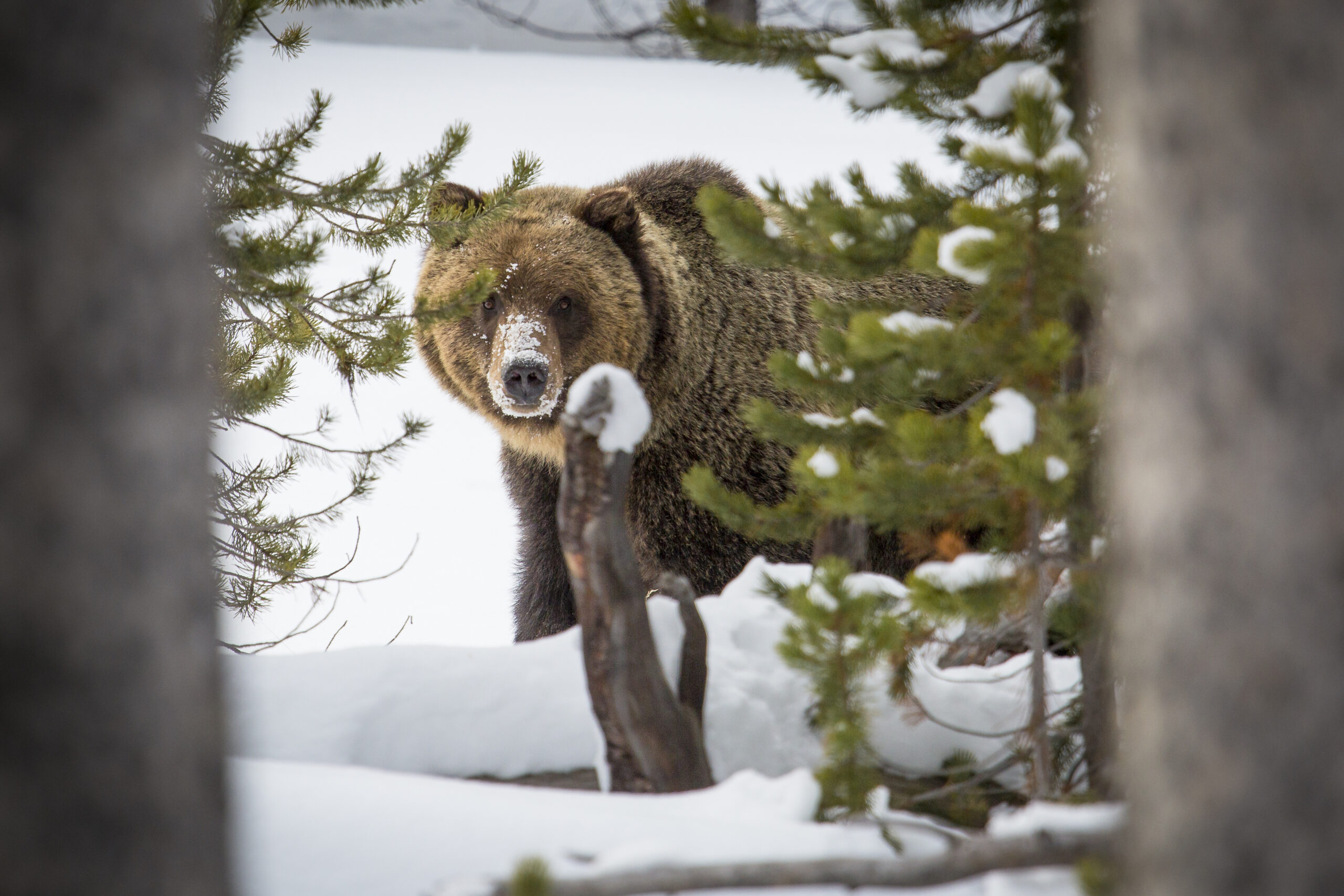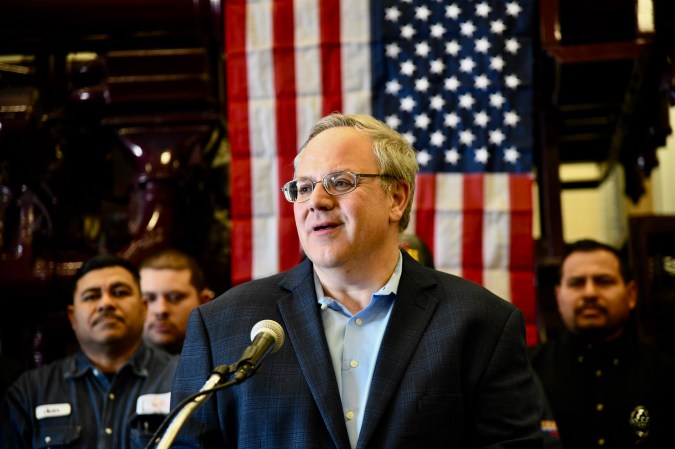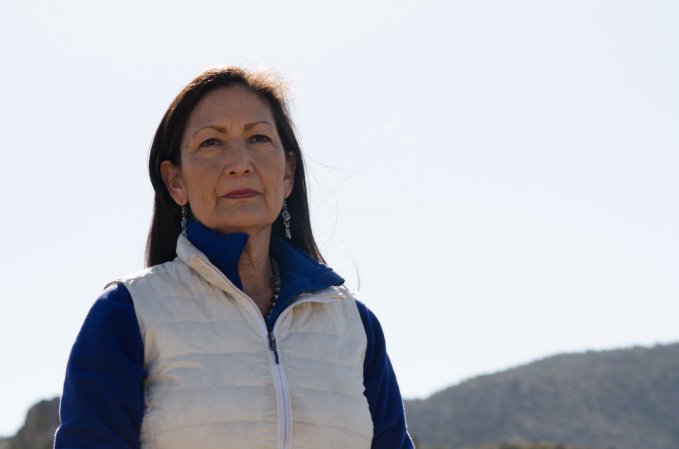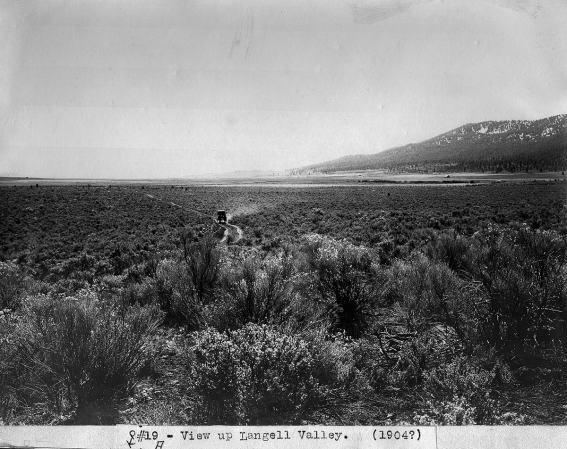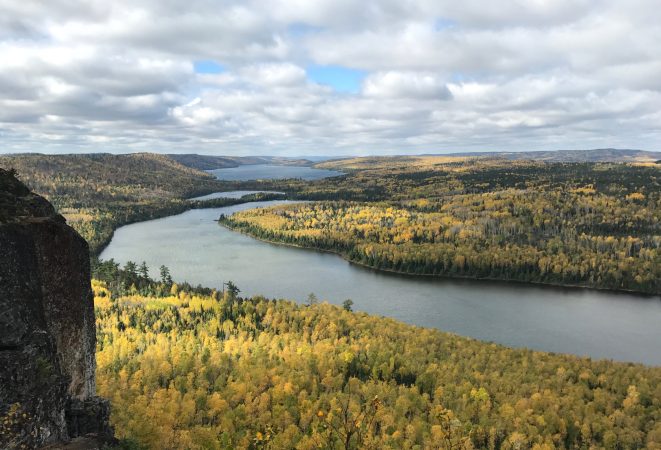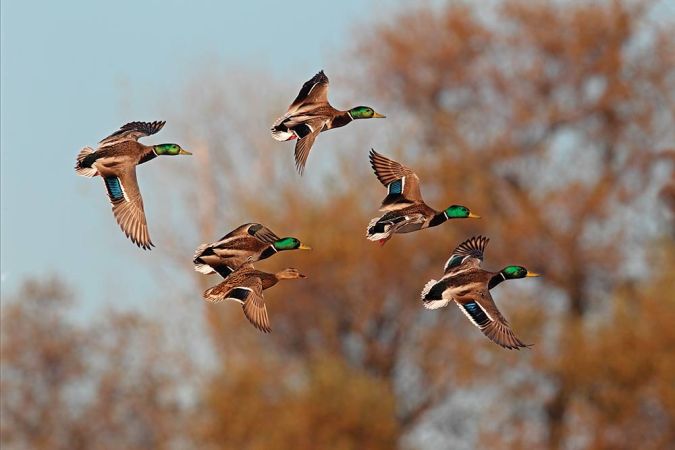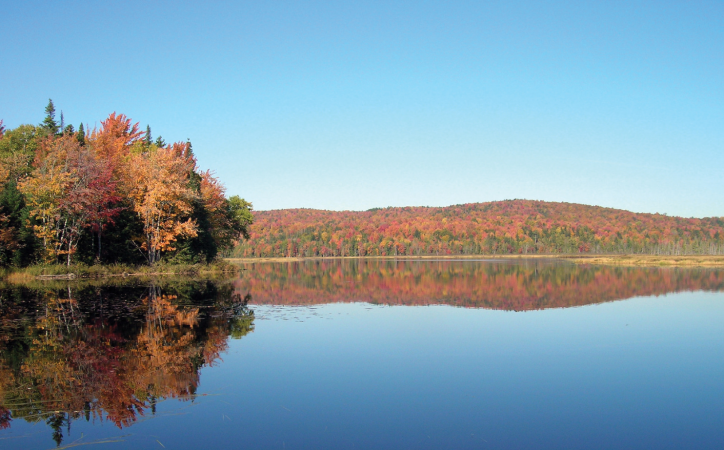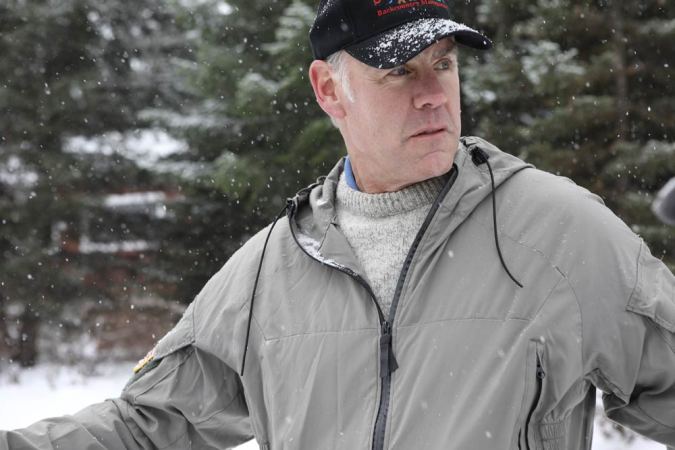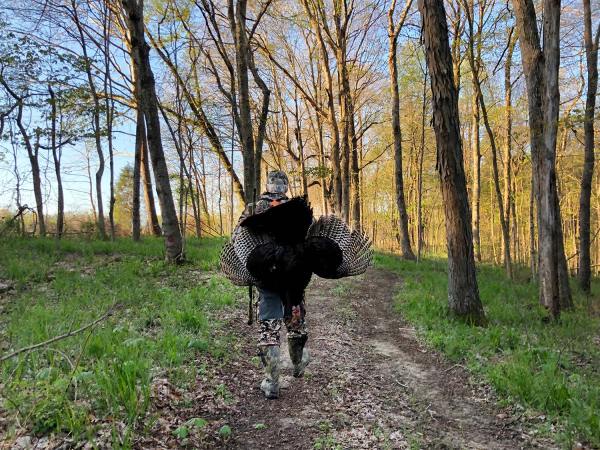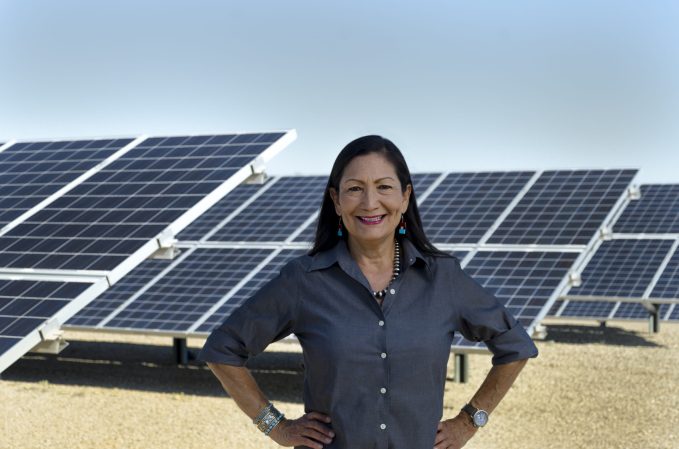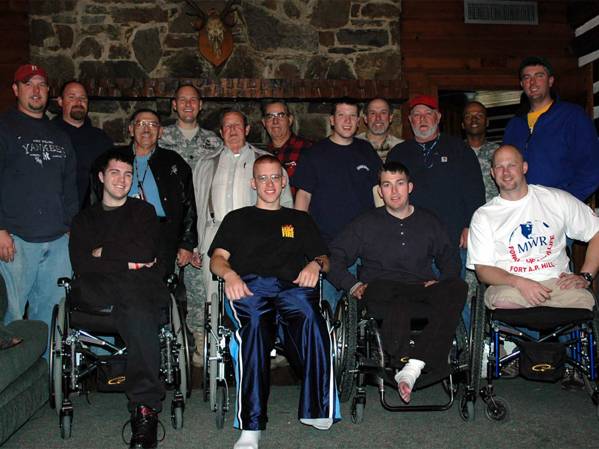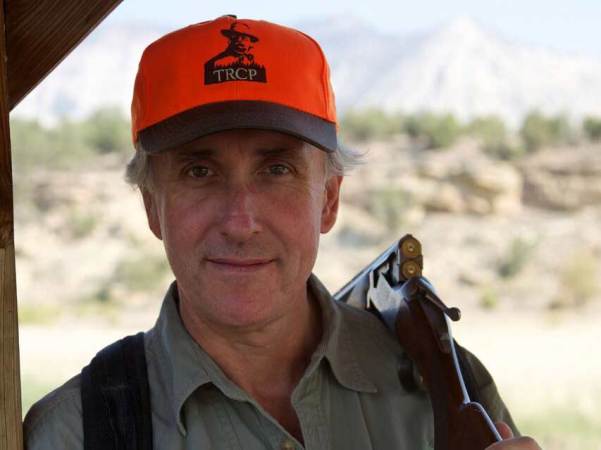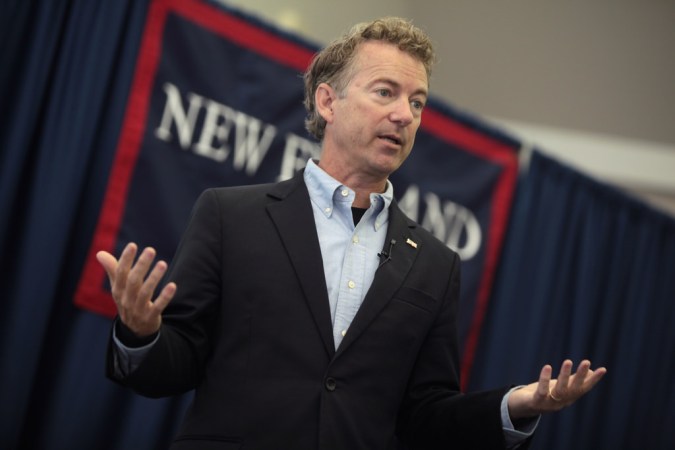Martha Williams, the former head of Montana’s Fish, Wildlife and Parks Department has been confirmed by the U.S. Senate as the new director of the U.S. Fish and Wildlife Service, the agency that oversees America’s national wildlife refuges and hatcheries, enforces the Endangered Species Act, and collects and distributes millions of dollars annually in taxes paid by buyers of guns, ammunition, and fishing tackle.
Martha Williams becomes the 26th director of the Service, the origin of which dates back to 1871, and which serves as the nation’s first and last conservator of fish and wildlife species and the habitats they require.
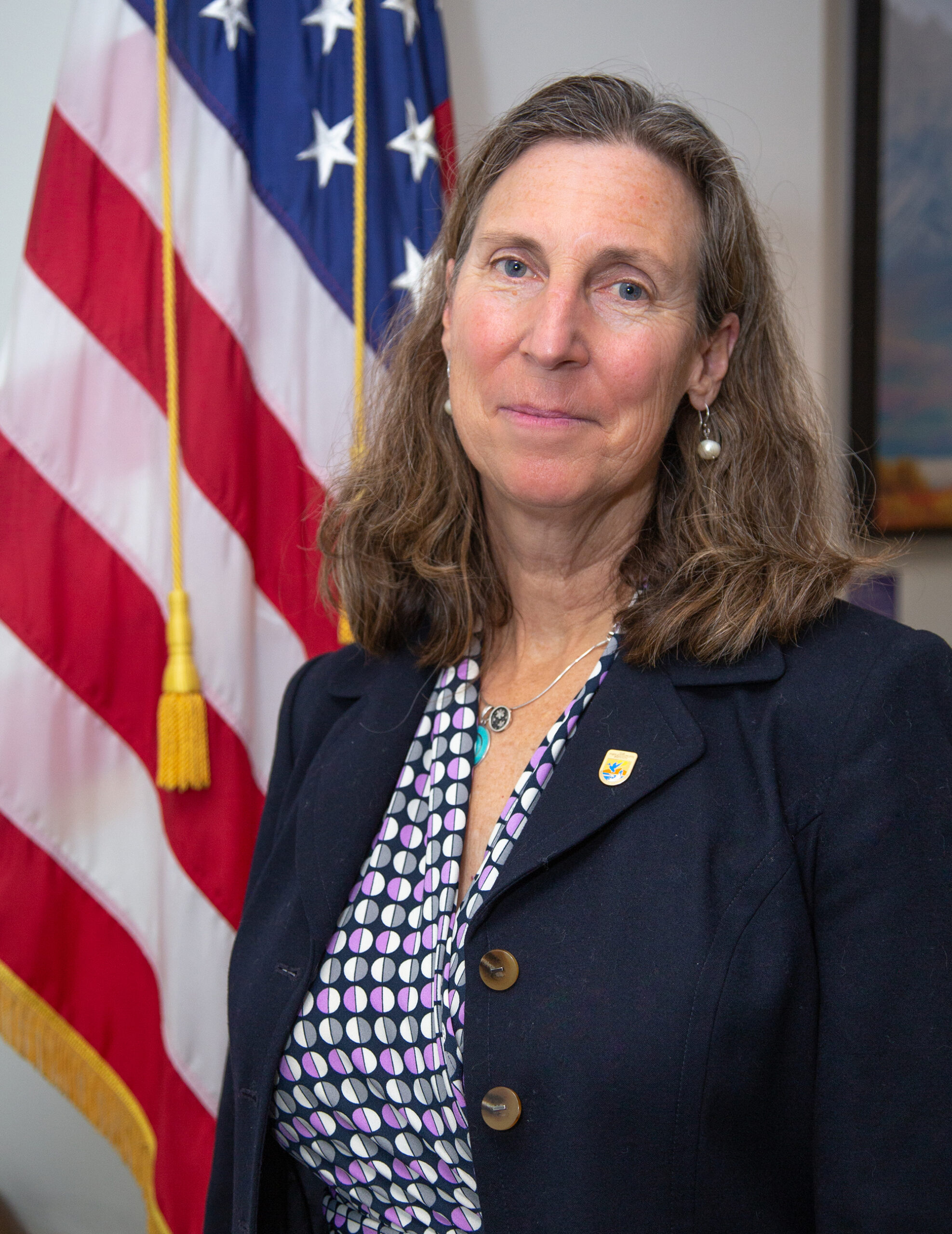
A Maryland native and graduate of the University of Virginia, Williams received her law degree from the University of Montana and then went to work as an attorney for Montana FWP. She then spent two years as a deputy solicitor for the Interior Department, which oversees the USFWS. Following those stints in government service, Williams returned to the University of Montana as an assistant professor specializing in public lands and wildlife. She later co-directed the law school’s Land Use and Natural Resources Clinic. Early in 2017, she was picked by Montana’s then-Governor Steve Bullock to lead FWP as its director.
In that role, she mediated a number of contentious issues, including implementing a wolf hunting season and expanding visitor services. She also convened a major rebranding of FWP, designed to make the fish-and-wildlife agency relevant to customers who might never fish or hunt but who appreciate and advocate for Montana’s wild places. In her tenure, terms such as social justice, racial equity, and the logo “The Outside Is In Us All” entered FWP’s lexicon. But Williams was also unafraid of inviting entrenched opponents to talk through issues, according to those who worked with her.
Williams was an early pick to serve in the Biden administration, working for more than a year as principal deputy director of the USFWS before her appointment as director was confirmed in February.
Given her her legal experience and background in state-level resource management, and the Service’s wide-ranging authority and influence over America’s wildlife, habitats, and our hunting and fishing culture, Outdoor Life wanted to hear how Williams views both her new job and the priorities of the agency. We secured a 30-minute phone interview with her, which has been edited below for brevity and clarity.
Outdoor Life: Let’s lead with grizzly bears, which are still under federal endangered-species protection though population benchmarks for recovery have been met. Governors of three Western states have petitioned your office to delist bears in the Yellowstone ecosystem. Has your perspective of grizzly management changed with your office?
Martha Williams: I’d say my perspective has broadened because my new role allows me to work alongside conservation and community leaders, not just the states, but tribes, NGOs, and other federal agencies. I’ve gone from appreciating the on-the-ground piece of [bear management] and really knowing the importance of place and taking that knowledge and thinking of it in this broader perspective.
I have to broaden my context and yet remember to stay really grounded with what I’ve learned throughout my career, understanding what it means to live in these communities with species like grizzly bears. The balance is seeing the issue of predators in the West—grizzly bears and wolves—from the perspective of the people who have lived there for generations coupled with the perspectives of others in the United States and the world who see it differently because they’re not living with those species. But they want to know that they’re there.
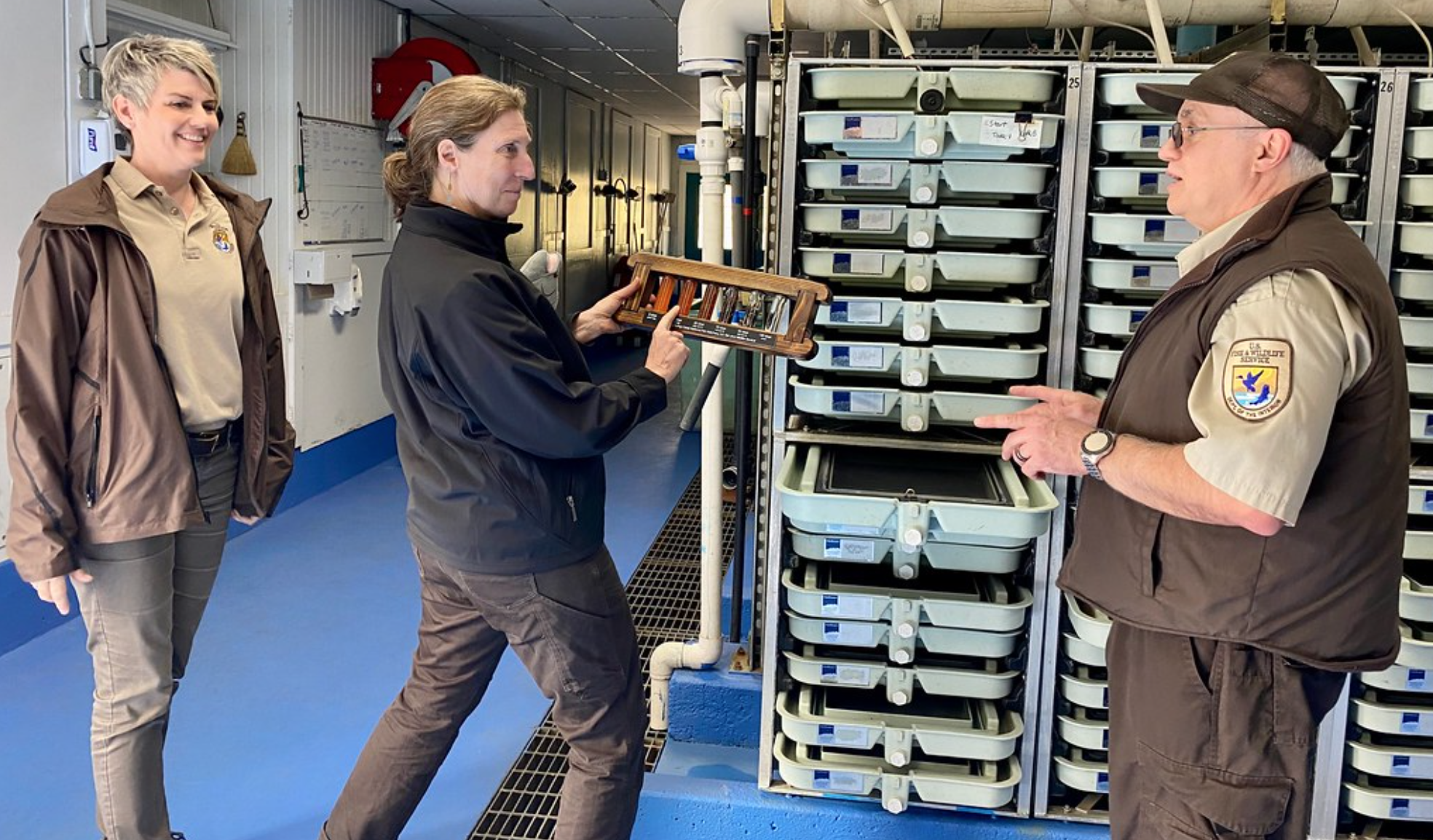
OL: Population numbers are generally the triggers for listing species as threatened or endangered, and population numbers are also the benchmark for recovery of those species. By most accounts, grizzly bear populations have reached levels where they could be removed from federal protection. Are those numbers correct, or should they be revisited?
MW: At USFWS, we always have to be grounded in the science, so the numbers are important. Yet with species like grizzly bears, we have a sense that as predators are recovering, the social piece is also really important. And that social piece—not putting the onus just on the tolerance of communities that live with bears or wolves, but also those who don’t like to see management-dependent species—they want to see species that aren’t reliant on state or federal management. So we have to factor shifting values in this country, and those shifting values are adding pressure to an already complicated issue.
OL: While we’re on the topic of recovery and management of predators, let’s talk about wolves, which were removed from federal protection but which have been aggressively managed under state authority, to the degree that some have petitioned that Western wolves be returned to federal protection. Does the Interior Department worry about what recovery looks like—for grizzlies and wolves—under state management?
MW: Our charge is implementing the Endangered Species Act, so we’re always going to pay close attention, and the fact that we are in litigation, that we have a 12-month finding that we’re currently working on, means that we’re even more involved in thinking through management alternatives. I have always been fascinated by what recovery means, and what does it mean for the FWS to ensure that these species stay recovered. That to me is very much what we have to think about when we think about wolves and bears and other predators: how do we make sure that recovery is continuous? And how do we support all the partners it takes to have a species on the landscape that stays recovered. That’s a total collective effort. It’s not all one or the other.
OL: I’d like to pivot to a topic that’s been top of mind in the hunting and shooting community. It’s the Service’s response to a lawsuit by the Center for Biological Diversity that demands the prohibition of lead ammunition and fishing tackle on national wildlife refuges. The specific concern is that prohibitions like that run counter to the Service’s ambition to expand hunting and fishing opportunities on its properties.
MW: I can’t comment on the litigation specifically, but I do wonder about the underlying concerns about the litigation. I think it will help for people to know that this administration—the Department of the Interior and Fish and Wildlife Service—are still really committed to increasing access to the outdoors. We still understand now more than ever after COVID, just how important it is to people and communities for their well-being, for food, for physical and emotional well-being, for that economic support for communities. So we remain really committed to always looking for increased opportunities for access, including providing access to the outdoors on national wildlife refuges to those who haven’t had access before. We’re thinking about access across the board and how to we allow people to feel that they belong in the outdoors on our public lands and on our wildlife refuges. So if the underlying concern with the litigation is, are we committed to expanding opportunities on refuges? Absolutely.
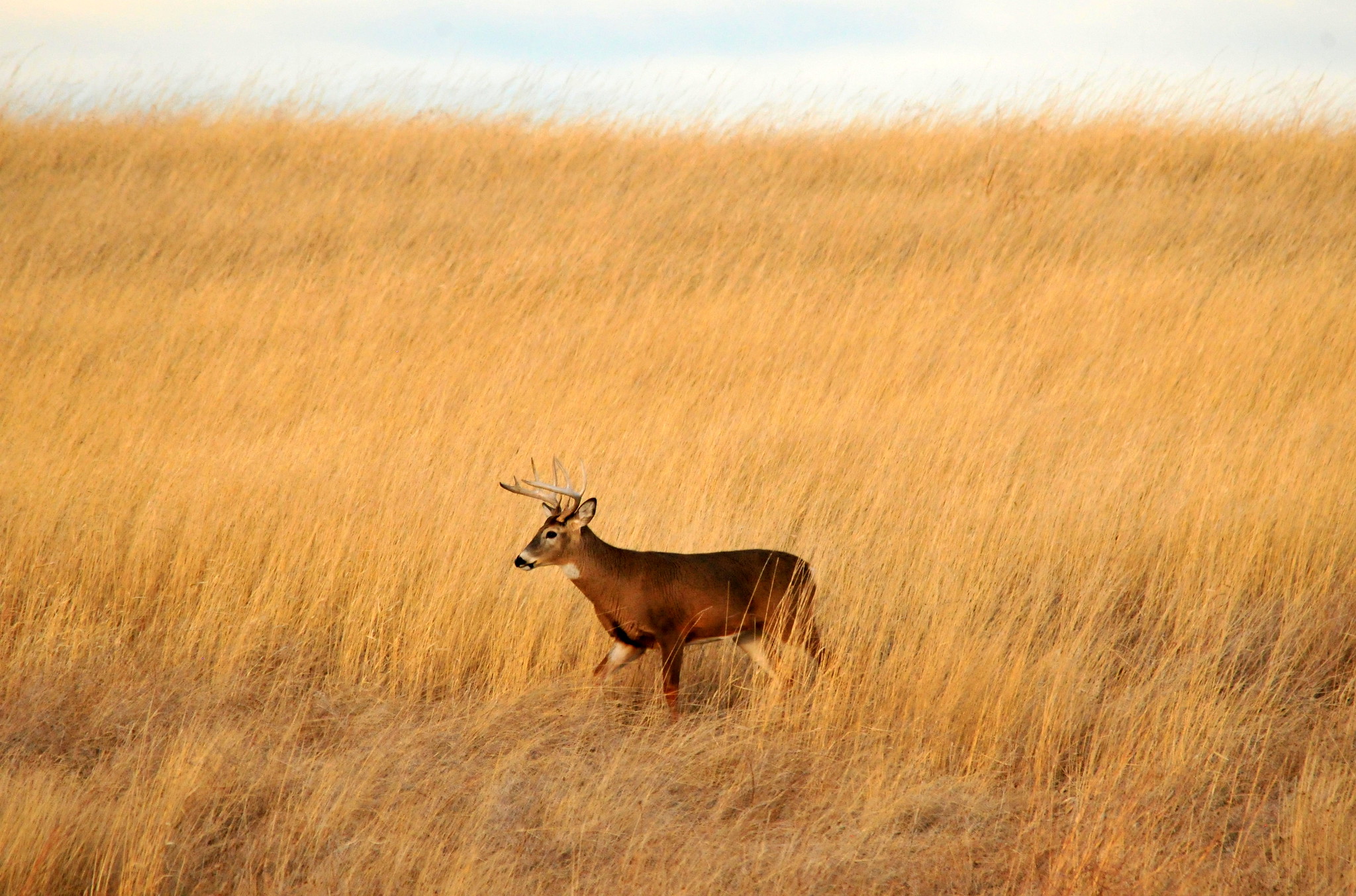
OL: Can you provide some specifics?
MW: We’re embracing access in an even larger context—how do we support communities and allow people to feel like they belong on our wildlife refuges. It started with a real effort on urban wildlife refuges, but what we’re learning is applicable across the board, including in rural communities. What does the community need? What does the community want? How do we meet them where they are? And then how can we support these efforts? How do we get more people to understand or want to care about birds or plants or water, much less big game? I feel like we’ve come a long ways, from saying ‘this is who we are and you can join us or not.’ We want everyone to feel welcome, and do what we can to feel they belong in the outdoors.
OL: Wildlife refuges, like many national parks, are showing their age. Interior received a large amount of funding from the federal infrastructure bill. How will that money be spent?
MW: I’m excited to have resources that we haven’t had in a long time, and not just dollars. We have this infusion of belief in what we do, whether it’s through the infrastructure bill or the Great American Outdoors Act. The first priority for the refuge system and the GAOA money is to try to catch up on our deferred maintenance. It’s awesome that [USFWS] got $95 million for deferred maintenance, but we have a $1.5 billion maintenance backlog. It’s wonderful and we’ll put it to use really quickly, but when you own and manage these places for the public and the public trust, it’s an ongoing responsibility and commitment. So there are always going to be costs. Our focus right now is that maintenance backlog. Another piece of the Great American Outdoors Act is that it also funded 70 wage-grade positions around the country. These are maintenance action teams have really focused on the smaller infrastructure projects in communities—fishing platforms or hunting blinds or nature trails or auto routes. Every little piece and investment allows people to build support for the refuges and to see that we care about investing in them, too, people and communities.
OL: The public and private conservation communities have been working to implement President Biden’s America The Beautiful initiative, which would permanently conserve at least 30 percent of America’s land and waters. It’s an ambitious idea, but it’s been controversial in some rural communities, who view this as federal overreach. How do you communicate conservation benefits of this initiative to skeptical rural constituents?
MW: I’ve thought about this a lot. And I talk about the America the Beautiful a lot because it’s such a priority for this administration. Lucky for us at USFWS, it fits squarely within our wheelhouse in delivering conservation. Whether someone likes the initiative or not, I think its principles are so solid because they build on what we’ve all collectively learned works. Local led, locally initiated projects are the way to go. It recognizes private property rights. It recognizes the need to build on existing tools, like Partners for Fish and Wildlife and Sentinel Landscapes, programs that are all about voluntary efforts, locally led efforts where we add value and provide technical assistance to work happening within local communities.
We’re always respecting private property rights, recognizing tribal sovereignty, and I think America the Beautiful amplifies these efforts and it’s how we can get work done to conserve this country’s land and waters. The infrastructure will support many of these America the Beautiful projects, funding things like fish passage structures and habitat restoration projects that help create jobs and help build communities. I’d like my son to learn how to do restoration projects and have employment opportunities in that arena into the future. That’s what America the Beautiful is all about. I can understand there’s worry about it. But how do we get over that worry? As you do in all leadership, you show the way. You just put your head down and do good work and try to recognize it and build trust along the way.
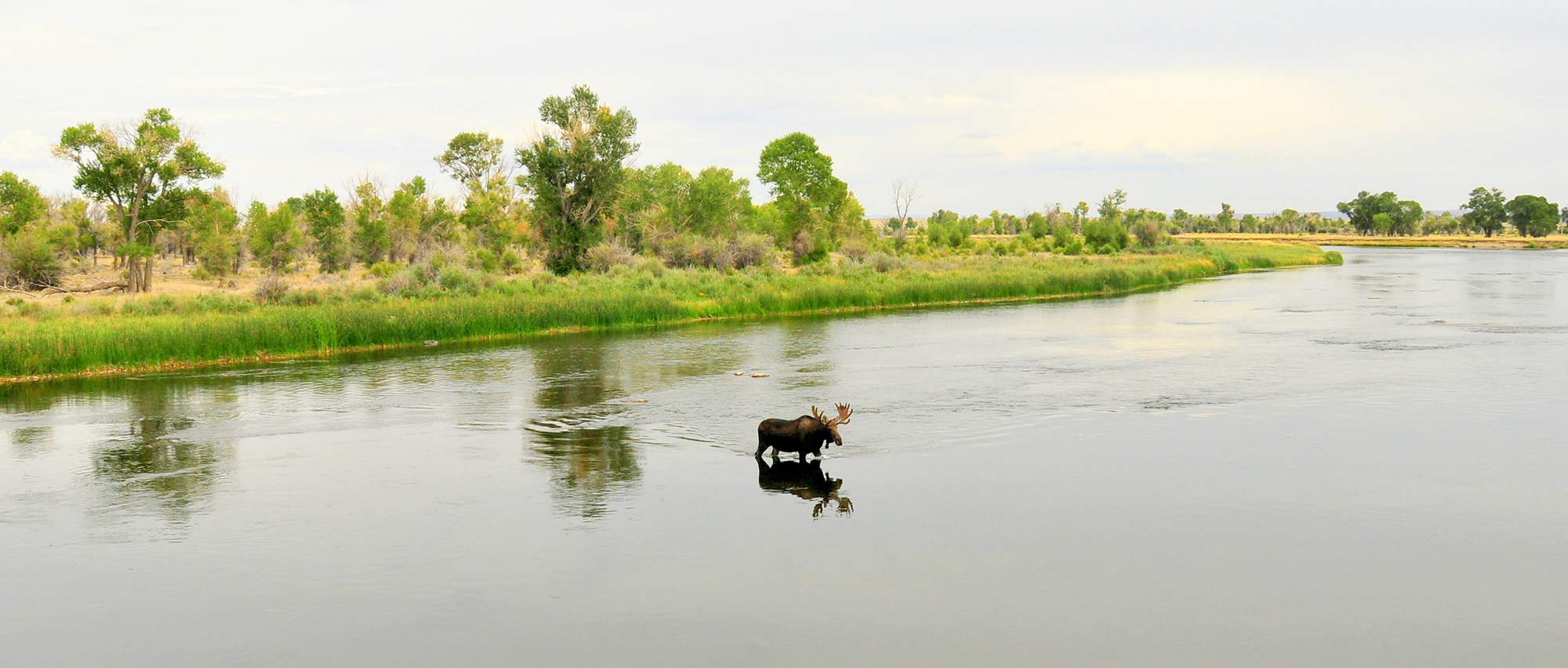
OL: That’s a good topic to end on: building trust and partnerships. It seems to me that sportsmen and women have a conflicted relationship with the USFWS. On the one hand, the Service provides access, essential fish and wildlife management and funding, and facilitates things like the federal duck stamp. On the other hand, it can seem punitive, especially when enforcing species protections. Can you talk through ways of easing that conflict?
MW: The FWS does so much more than implement the ESA. That’s a really important part of what we do. But there are international wildlife affairs, there’s refuges, there’s fisheries and aquatic conservation, there’s science application, there’s the Partners program. There’s so much incredible work that builds partnerships, even in the context of ESA implementation. I’d point to the ground work and partnerships that culminate in the Candidate Conservation Agreements with Assurances as an example of that.
Sometimes I think the conflict is a perception, but I also know it’s real. I’d love to get to the place where we’re on our front foot and can better prevent species from even needing to be listed. Unfortunately, you and I both know that climate change is a wallop and will challenge that. But I’m hopeful that we can get to that more proactive stance and work with all our partners to prevent the need for listing where we can, and then to recognize the climate crisis and biodiversity crisis, we are going to have to continue to work to list species and get them to recovery. But ultimately, It’s all about not needing to list and about getting species to recovery. Ultimately, I think we address conflict by getting more people to care and getting more people engaged.

